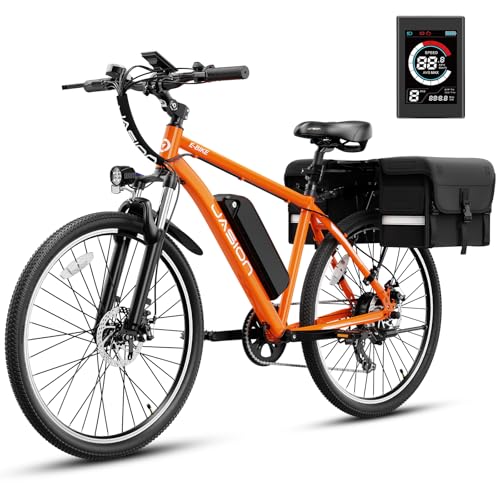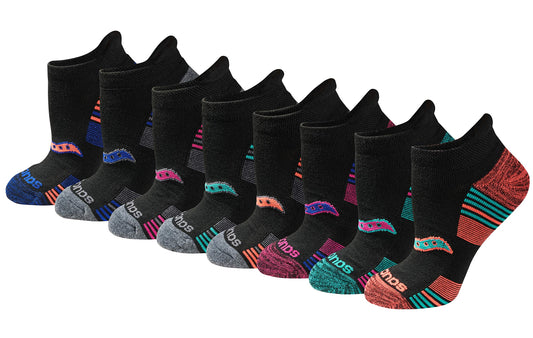The ability to control our environment, especially its temperature, has been a driving force behind technological advancements for centuries. The concept of thermal comfort – that feeling of satisfaction with the temperature of our surroundings – plays a crucial role in our well-being, affecting everything from our sleep quality to our ability to concentrate and be productive. While a simple fan might offer a temporary reprieve, true thermal comfort often necessitates more sophisticated solutions like air conditioning.
The world of air conditioning is far more complex than simply cooling a room. Modern HVAC (Heating, Ventilation, and Air Conditioning) systems are marvels of engineering, incorporating intricate designs and advanced technologies to optimize energy efficiency, improve air quality, and provide personalized comfort. Researchers continuously explore new ways to enhance these systems, focusing on factors like air temperature, humidity, and air movement to create ideal indoor environments. The integration of smart sensors and artificial intelligence (AI) is revolutionizing the field, enabling the creation of "smart" HVAC systems that learn and adapt to individual preferences. These systems can automatically adjust settings based on occupancy patterns, weather conditions, and even individual biometrics, ensuring optimal comfort while minimizing energy waste.
One significant advancement in HVAC technology is the development of Variable Refrigerant Flow (VRF) systems. Unlike traditional air conditioning systems that operate at a fixed capacity, VRF systems can adjust the amount of refrigerant flowing to each indoor unit based on individual zone requirements. This allows for precise temperature control in different areas of a building, catering to diverse needs and preferences. Heat recovery systems are another innovative technology that captures waste heat from one area of a building and reuses it to heat another, further improving energy efficiency and reducing environmental impact.
Beyond energy efficiency, the environmental impact of refrigerants is a major concern in the HVAC industry. Traditional refrigerants, like R-22, have a high Global Warming Potential (GWP), meaning they contribute significantly to climate change if released into the atmosphere. And as a result, there's a global push to phase out these harmful refrigerants and replace them with more environmentally friendly alternatives. Researchers are actively developing and testing new refrigerants with lower GWPs, aiming to minimize the environmental footprint of air conditioning while maintaining optimal performance. The shift towards these eco-friendly refrigerants is crucial for creating a more sustainable future for the HVAC industry.












